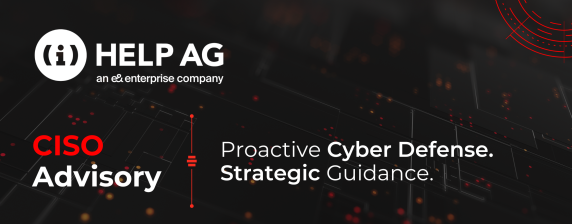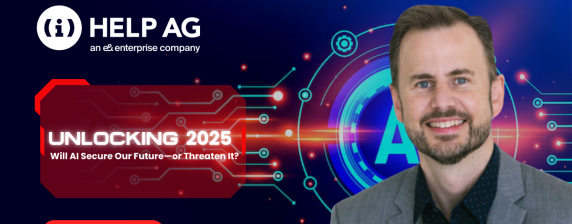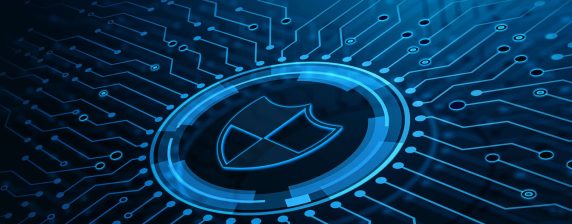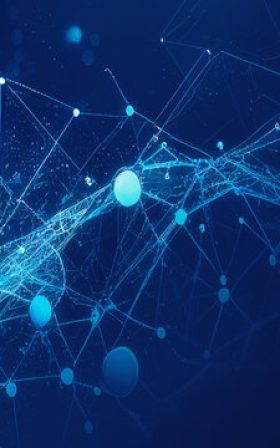Building Resilience: The Future of IT
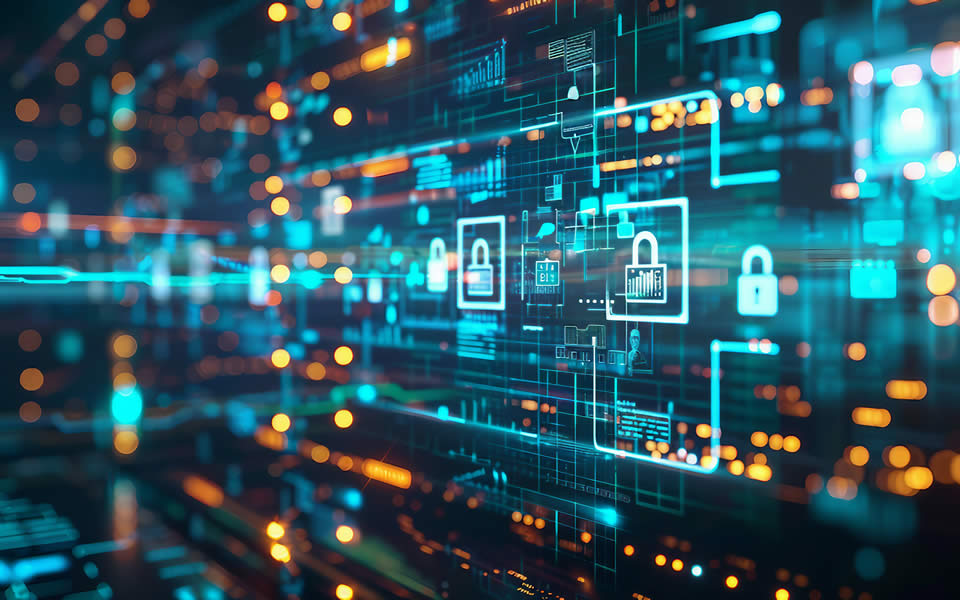
By Nicolai Solling, CTO, Help AG
In recent weeks, the IT world has faced significant challenges, with global outages in digital infrastructure highlighting the far-reaching impact on our daily lives. These events, some of the largest single IT outages ever experienced, affected transportation systems, manufacturing, and communications, disrupting everyday life and the global economy. Just as the world was recovering, we experienced yet another service outage from one of the largest hyperscalers, affecting the availability and response of some of the most important business applications globally. While the impact may not have been as severe, anyone working in IT would have been impacted, at least indirectly.
Intentionally, I am not mentioning the names of the companies, whose services were impacted, nor am I am going into details of what happened. There is a time and place for that, and I am confident that everyone involved will take all the necessary measures to prevent a recurrence.
This commentary is not about discussing the incident or assigning blame; rather, it focuses on understanding what led us to the situation in the first place.
The fact that issues like these can happen and have the kind of impact we have experienced is due to the rapid consolidation of the digital ecosystem that drives the transformation of organizations, governments, and individuals globally.
Over the past decades, there has been tremendous consolidation in IT technologies, resulting in the creation of some of the world’s most valuable companies that dominate their respective IT fields. This concentration has occurred for good reason: customers typically seek similar features, capabilities, and benefits, and they choose the solution that best meets those demands. However, the downside is that when there is an issue with the technology, the impact is widespread and significant.
At the same time, where there has been a consolidation of technology on the IT side, our dependency on IT in the physical world has increased, which means that when issues arise, the impact is deep.
Just look at the airplanes that were grounded last month, and the queues in airports and train stations; these are all examples of the physical world being directly impacted. Of course, the dependency on IT is nothing new, and we largely benefit from the advantages of IT.
These obvious benefits of optimization will continue to drive the adoption of IT and propel the digital transformation of organizations– Just think of the benefits of AI, which is empowering even the basic IT user or aspiring content creator these days.
The flip side, of course, is the dependency of the infrastructure that operates these services.
Availability has always been a very important topic in cybersecurity. If you drill down to the core of our industry, it is about protecting confidentiality, validating integrity, and assuring the availability of data and services. The importance of these elements also means that confidentiality, integrity and availability are always targeted by adversaries and hackers.
An example is DDoS attacks, which have become a significant challenge for modern IT operations, specifically targeting the availability of services.
This brings me specifically to the topic of resiliency. Resiliency is the capacity to maintain, adapt, and transform a system’s basic capabilities in response to change. In other words, it is the ability to continue operating effectively despite disruptions. Single points of failures have never been a friend of resiliency. I am sure that in the coming months and years, we, as an industry will start discussing more about how we achieve resiliency, while continuing to harness the benefits of IT, whether in the cloud, or on premises. The discussion of resiliency will undoubtedly become a central theme.
Resiliency should be the cornerstone of IT, driving us to build systems that can withstand and adapt to the challenges ahead. I predict that ‘resiliency’ will be the word of the year in IT, shaping our strategies and innovations for a more robust digital future.
